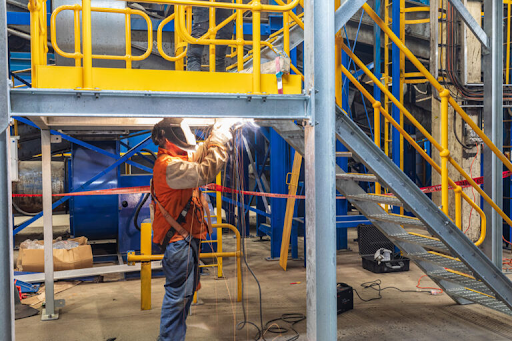If you are a caregiver for a person over the age of 60, you probably already know that road trips are not the easiest trips to coordinate. Depending on the health status of the elderly people in your life, it may be necessary to give extra time to help them in and out of the vehicle, rearrange the seating in a vehicle to accommodate medical equipment, or use alternative routes to accommodate their needs. While the health needs of every person are different, there are some general suggestions that can be used to help all of these situations.
Entering and Exiting the Vehicle
One of the most difficult parts of transporting the elderly is helping them to get in and out of the vehicle. Elderly persons with mobility issues can sometimes use the grab bars and other objects in the vehicle to help them safely get into and out of vehicles. It is important to remember that the process can take extra time, however.
When it becomes obvious that a person can no longer get in and out of a vehicle safely, however, it’s time to call a transportation service. All too often, relatives make the mistake of assuming they can improvise solutions to help their loved ones, when in actuality they are putting their beloved family member in jeopardy. Slip and fall accidents are some of the most dangerous accidents for the elderly, and relatives who cannot sit and stand on their own will need the help of a professional caregiver to ensure that they do not fall and become seriously injured.
Transporting Equipment
Medical equipment such as wheelchairs and oxygen tanks can often require a person to rearrange their vehicle. In some cases, this may be as simple as using the levers to move seats or folding down seats in the back of a vehicle to expand the trunk. In some other cases, however, this may require specially installed equipment.
For example, a person who needs to transport a person who exclusively uses a wheelchair will likely need to have ramps and a chair lift installed on their vehicle. Of course, it is also necessary to purchase a vehicle that can be modified with these accommodations. That often means purchasing a full-size van.
For many families, a cheaper option is to use a professional transportation service. These services will have everything that is needed to safely transport an elderly person and their medical equipment.
Finding Alternative Routes
When transporting elderly loved ones for long distances, it is very important to carefully plan your route. All too often relatives make the mistake of assuming that the quickest route to get to where they are going is the best choice. Depending on the health conditions of the person being transported, however, it can be a good idea to consider factors such as being stuck in traffic, changes in terrain, and time of day.
Often, the best route for an elderly person is one that is as flat and level as possible. Avoid high mountains (choose routes that go around peaks instead of over them, even if it takes longer). Also try to schedule trips for times of the day when you’ll be able to avoid bad traffic jams. Not only will you get there faster, but you’ll reduce the amount of stress that your elderly relative feels.
For long-distance trips, be sure to schedule frequent breaks. Patients tend to do better if they can exit the vehicle, walk around (if they are able), and get fresh air. Share when the next stop will be and listen to them if they need to stop more often.
Other Tips and Suggestions
If the patient is sensitive or prone to motion sickness, it’s often a good idea to keep them facing forward so that they can see out of the front of the vehicle. Avoid placing them in a rear-facing position, and avoid rough terrain, high velocities, and hairpin turns.
Plan a lot of extra time and be patient. Extended road trips will take longer with an elderly person who has health problems. Besides taking longer to get in and out of the vehicle, it’s likely that they will need more restroom breaks. Even stops for meals and sightseeing will tend to take longer. Try to plan about double the typical amount of time that the trip would normally take.
Consider hiring a transportation service. Sometimes, it’s just easier and safer for your relative if you leave transportation to the professionals. People who have training not only in how to transport the elderly but also in what to do if there is a health emergency along the route can greatly increase the safety and security that you will feel while your relative is being transported.
If you have experience in caring for elderly relatives and you think that you would do a good job with helping to transport the loved ones of other people, consider working in the field of elder transportation. This field can be a rewarding career for people who love to help others and are willing to work with the older population.








